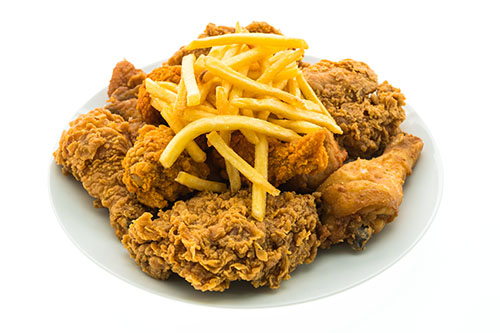Your shopping cart is empty!

When is the last time you have seen a Food eating competition? All over the United States of America, there are people practicing for annual Contest. You may also notice that some of your local bars and restaurants have a food challenge.
There are a lot of different foods that you can use for your food eating contest.
There are a lot of world records that are going to be hard to beat. Can you believe that someone ate 74 hot dogs in 10 minutes at the hotdog eating competition? That has to hard to do.
There are a lot of pie eating competitions. The largest is actually in the U.K. Did you know that there is a major league eating league? Yep, that's right, These contest are taken seriously.
There is everything from live music, and competitive eating. That includes ice cream eating and jalapeno eating and fun games.
There is a lot of fun going on. You can also pick up some custom t-shirts. if you need shirts for an event make sure that you check out our website.
You can Design a T-shirt exactly how you would like it to be. We have several pictures with food clip art to choose from.
If you have any competitions to this list make sure to let us know in the comments below. Also please fill us in with any experiences that you have had at a food eating competition.
Leave a Comment